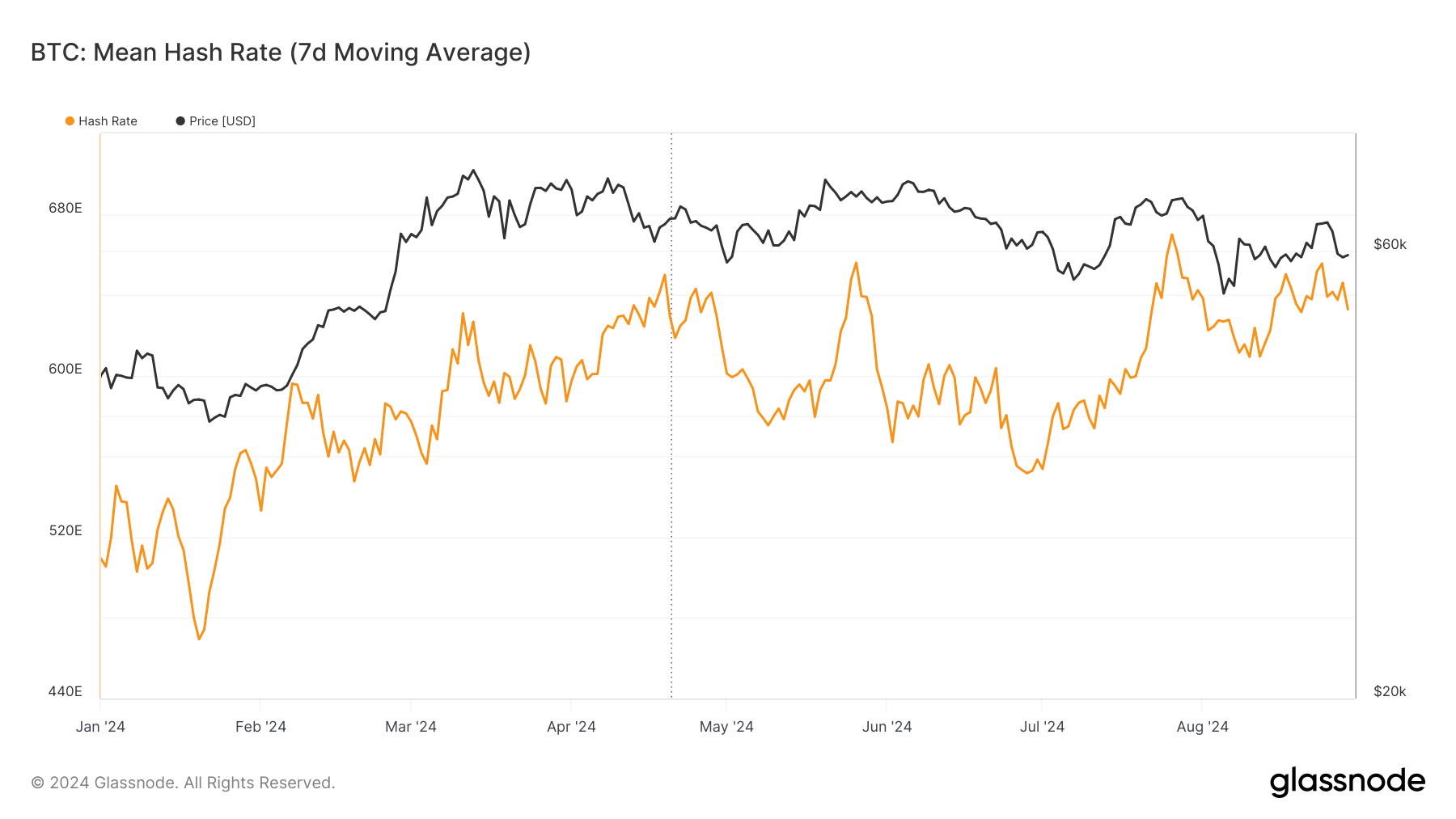Crypto has always claimed it’s about more than just speculation. Could this be the cycle where we find out what crypto is actually for?
A look back at crypto’s history can sometimes feel like a cringe-inducing survey of the less fashionable trends of the 1990s. Pogs? What the hell was with that, man. Furbys? Actual grown ass adults were collecting those things. Beanie Babies? Well, that’s pretty much the NFT business model right there.
Revisiting all the column inches and reckless VC expenditure thrown at NFTs (Bored Apes are down 90% FYI), DAOs, dApps, DeFi, L1s, L2s and (shudder) the metaverse over the years can make one wonder: well, what’s any of it actually meant? Is the best we can hope for in the crypto community a rehash of Second Life with around 100 daily active users?
(I don’t mean to write off all the above categories – just to say that they’ve each had their moment as crypto’s “killer app”, but have failed to bring in the millions of users promised).
Yet this cycle already feels different. Memecoin mania notwithstanding, there’s something concrete about the apps, games and chains that are bringing in users. For the first time you can see more clearly how the next billion people get onboarded – and it’s not from the usual suspects.

Stable is as stable does
Let’s get the first point out of the way. Crypto already has a killer app and it’s called a stablecoin.
I get why stablecoins don’t pick up the hype of their blockchain brethren. The product is simple, the potential profits limited (by crypto standards) and the innovation already feels done. Like, how do you launch a new stablecoin that’s going to make inroads into the absurd market dominance of USDT and USDC? Binance tried and now its founder is going to jail (technically unrelated, but also sort of not?)
But here’s what stablecoins do have: a working business model and a product that people – especially people in emerging economies – actually need. In 2023, Yellow Card helped people in Africa convert US$2 billion of their local currencies into stablecoins, while in inflation-wracked Latin America more than half the population reports having interacted with stablecoins. Stablecoins settled US$7 trillion last year and with payment giant Stripe recently announcing support for USDC payments, that’s only set to increase.
Stablecoins are basically crypto’s raison d’être right now and we should be mighty thankful they’ve kept us relevant while we work out everything else.
Say hello to web2.5
The history of any new technology is typically a story of massive hype giving way to necessary compromise and an end product that is both less than its boosters hoped, but more than its detractors expected.
You can see the outlines of something similar happening to crypto right now. The revolutionary ideals of the web3 moment – a fully decentralised, permissionless internet – have come up against user inertia, tech immaturity and the incumbency advantage. The often abstract benefits of such a digital realm simply aren’t enough to change human behaviour in a meaningful way, especially when the user experience is so sub-optimal.
But for the first time, some new blockchains and non-exchange platforms are seeing real user growth and they’re doing it by rendering the crypto part of the technology stack largely invisible. It’s web3 in web 2.5 clothing, a way of extracting the more concrete improvements of a blockchain-based internet – universal ID, simpler financial rails, more user control – and employing them in otherwise familiar settings.
It’s the increasingly robust social feeds of Farcaster, it’s Reddit shifting millions of NFTs as “Avatars”, it’s the 20 million people registering their identity with Galxe, it’s Blast building its own L2 to become one of the leading NFT marketplaces, it’s Telegram bringing in TON as a new in-app currency for its 900 million users, it’s Immutable building crypto games people actually want to play.
For so long the focus of the crypto markets has been on the infrastructure that will prop up the next phase of the internet, the L1s and L2s that could offer the transaction throughput that could finally make the whole thing viable. Now that it’s a reality, we’re being reminded that no-one really cares about the TCP/IP protocol – to borrow a web1 example – it’s what you do with it that counts.
Luke for CoinJar
UK residents: Don’t invest unless you’re prepared to lose all the money you invest. This is a high‑risk investment and you should not expect to be protected if something goes wrong. Take 2 minutes to learn more: www.coinjar.com/uk/risk-summary.
Cryptoassets traded on CoinJar UK Limited are largely unregulated in the UK, and you are unable to access the Financial Service Compensation Scheme or the Financial Ombudsman Service. We use third party banking, safekeeping and payment providers, and the failure of any of these providers could also lead to a loss of your assets. We recommend you obtain financial advice before making a decision to use your credit card to purchase cryptoassets or to invest in cryptoassets. Capital Gains Tax may be payable on profits.
CoinJar’s digital currency exchange services are operated in Australia by CoinJar Australia Pty Ltd ACN 648 570 807, a registered digital currency exchange provider with AUSTRAC; and in the United Kingdom by CoinJar UK Limited (company number 8905988), registered by the Financial Conduct Authority as a Cryptoasset Exchange Provider and Custodian Wallet Provider in the United Kingdom under the Money Laundering, Terrorist Financing and Transfer of Funds (Information on the Payer) Regulations 2017, as amended (Firm Reference No. 928767).



